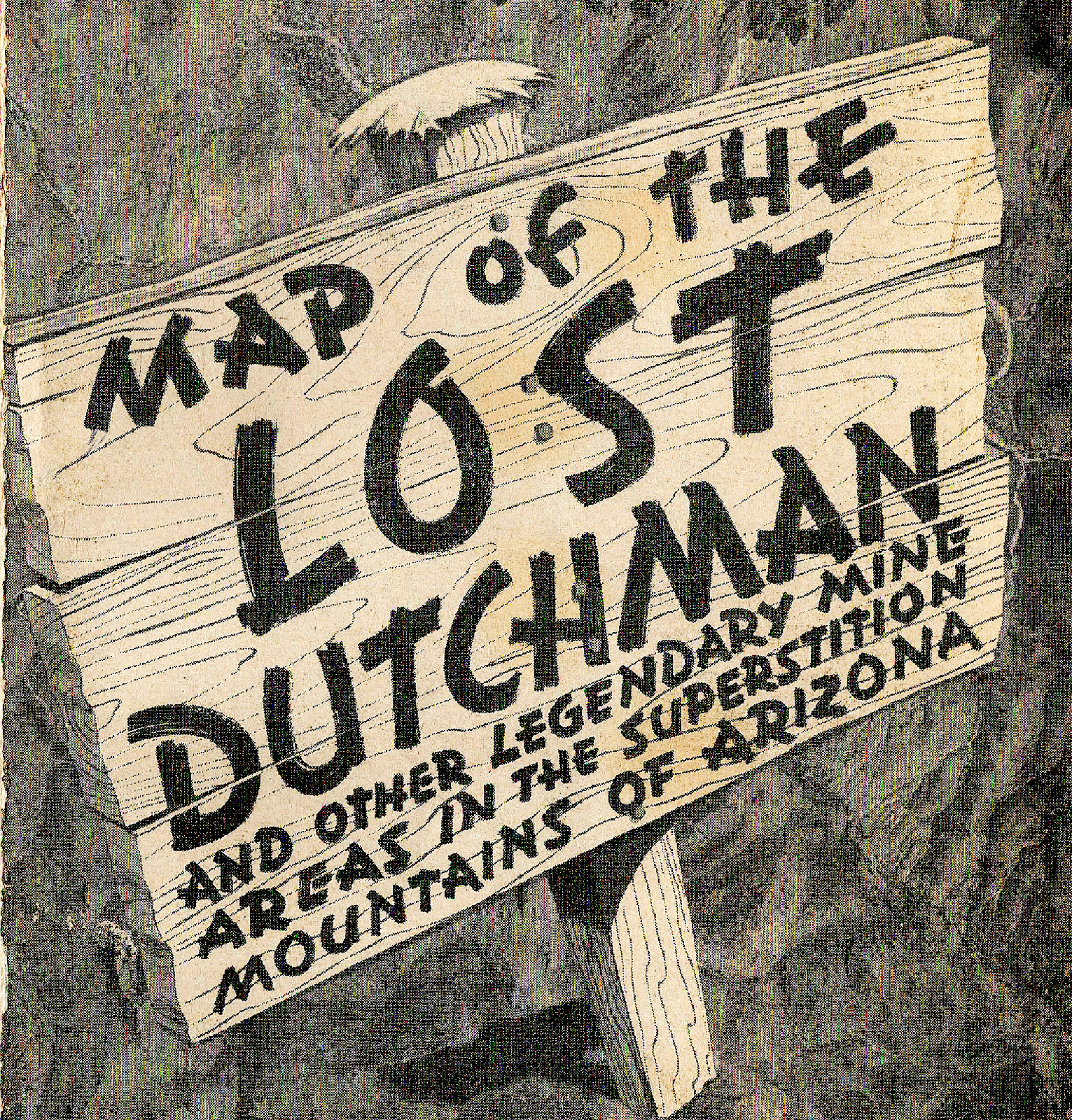The Sacred Mystery of the Lost Dutchman’s Gold Mine
Known as the **Lost Dutchman’s Gold Mine**, this legendary treasure is said to be hidden somewhere in the rugged terrain—a place revered by Native Americans, feared by explorers, and protected by time itself.
But what if the mine was never a cavernous shaft or tunnel, but instead an open-pit deposit long buried by nature’s hand?
To understand this mystery, one must first explore the sacred history of the Superstition Mountains.
Sacred Ground of the Apache and Pima
Long before prospectors set foot in the Superstitions, these mountains were sacred to the Apache and Pima peoples.
To them, this jagged range wasn’t just a physical landscape—it was a spiritual one.
The Pima believed that their ancestors climbed to the mountain peaks and were turned to stone, their spirits forever watching over the land.
The Apache saw the mountains as a place of refuge but also as a domain of powerful spirits that demanded respect.
Outsiders were not welcome to disturb this sacred ground, let alone dig into its heart for gold.
The arrival of miners in the 19th century disrupted this delicate balance.
The Peralta family of Mexico is said to have discovered rich gold deposits in the Superstitions during the 1840s.
They mined discreetly for years, extracting what some claim was a fortune in gold.
However, their final expedition ended in tragedy when Apache warriors ambushed them near what is now called Massacre Grounds.
The survivors fled, leaving behind their tools—and possibly their gold.
Jacob Waltz and His Secret
Decades later, Jacob Waltz—a German immigrant known as "The Dutchman"—entered this story.
Waltz allegedly stumbled upon an incredibly rich vein of gold in the Superstition Mountains during the mid-19th century.
Some believe he rediscovered the lost Peralta mine; others think he found an entirely new deposit.
Whatever the truth, Waltz kept his discovery secret for decades, mining only what he could carry and leaving no trace for others to follow.
In 1891, as Waltz lay on his deathbed in Phoenix, he shared cryptic clues about the mine’s location with Julia Thomas, a friend who had cared for him in his final days.
He described landmarks like Weaver’s Needle and spoke of shadowed cliffs and hidden paths—but his directions were maddeningly vague.
Under his bed, Thomas found gold ore so pure it confirmed Waltz had indeed found something extraordinary.
Thomas spent years searching for the mine using Waltz’s clues but never found it.
She eventually sold maps to fund her expeditions, sparking a frenzy among treasure hunters eager to uncover the Dutchman’s secret.
The Geologists’ Theory: An Open-Pit Mine?
While treasure hunters have long imagined Waltz’s mine as a cavernous shaft or tunnel hidden deep within the mountains, geologists offer a different theory.
The Superstition Mountains are volcanic in origin, composed primarily of tuff and basalt rock—not ideal conditions for large underground gold veins.
However, localized deposits created by hydrothermal activity could have formed small pockets of precious metals near the surface.
If Waltz’s mine existed, it may have been an **open-pit deposit** rather than a traditional underground mine.
This would explain why no one has rediscovered it—over time, natural processes like landslides, erosion, and volcanic debris could have buried or obscured it completely.
Waltz himself reportedly said that his mine was "in a place where a miner wouldn’t think to look," further supporting the idea that it was hidden in plain sight.
A Land Protected by Spirits
For Native Americans who hold the Superstition Mountains sacred, these theories matter little.
To them, any attempt to exploit this land is a violation of its spiritual significance.
Many believe that those who seek gold here are cursed by vengeful spirits or punished for their greed.
Over 350 people have died or disappeared while searching for the Lost Dutchman’s Mine—some due to accidents in the unforgiving terrain, others under mysterious circumstances.
One infamous case is that of Adolph Ruth in 1931. Ruth ventured into the Superstitions with a map he believed would lead him to the mine but never returned.
Months later, his skull was found with two bullet holes—a grim reminder of how dangerous this quest can be.
The Enduring Mystery
Despite countless expeditions and modern technology, no one has definitively found Jacob Waltz’s mine—or proved it even exists.
Some believe it was merely a cache where Waltz stored stolen or scavenged gold; others think it was buried long ago by natural forces or deliberately hidden by Waltz himself.
But perhaps its true allure lies not in its riches but in its mystery: a blend of sacred Native American lore, tantalizing clues from history, and human ambition pushing against nature’s limits.
For every treasure hunter who ventures into these mountains armed with maps and hope, there are those who warn against disturbing what should remain untouched.
The Superstition Mountains stand as silent witnesses to all who dare seek their secrets—sacred ground where spirit and legend intertwine with greed and tragedy.
Somewhere out there may lie untold riches waiting to be uncovered—or perhaps they’ve already been reclaimed by time itself.





Comments
Post a Comment